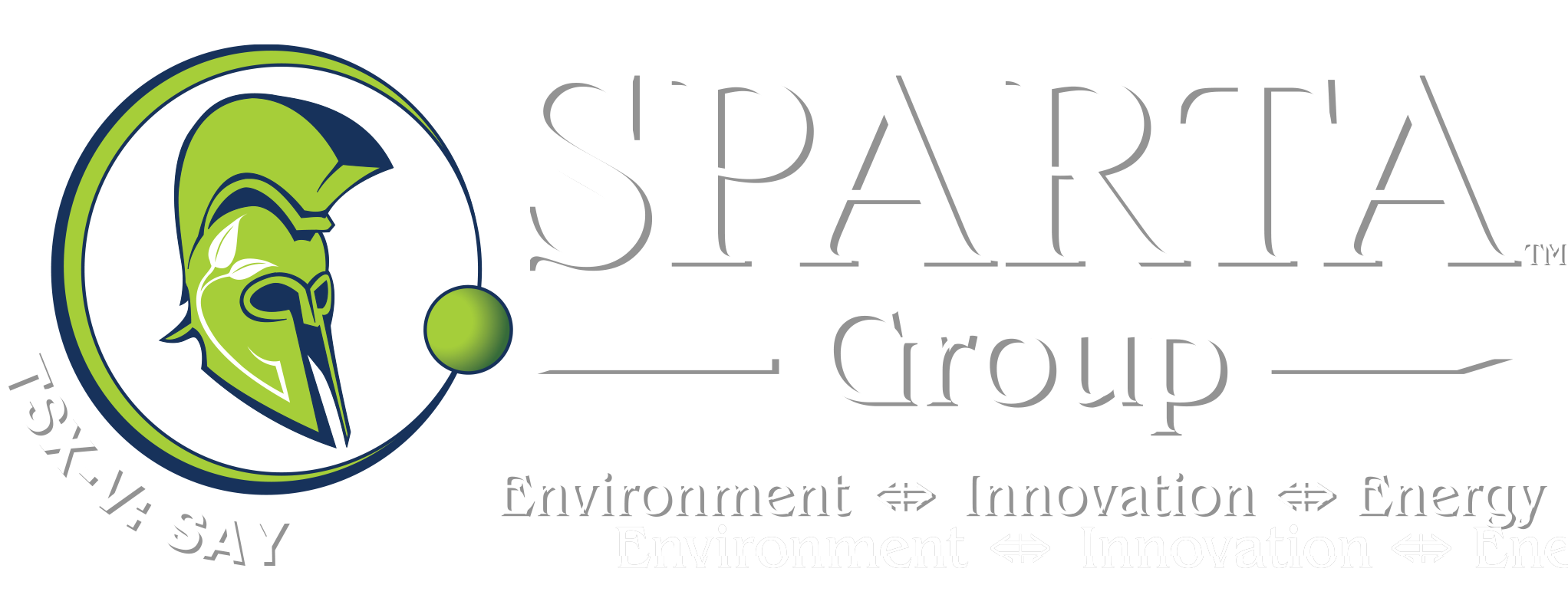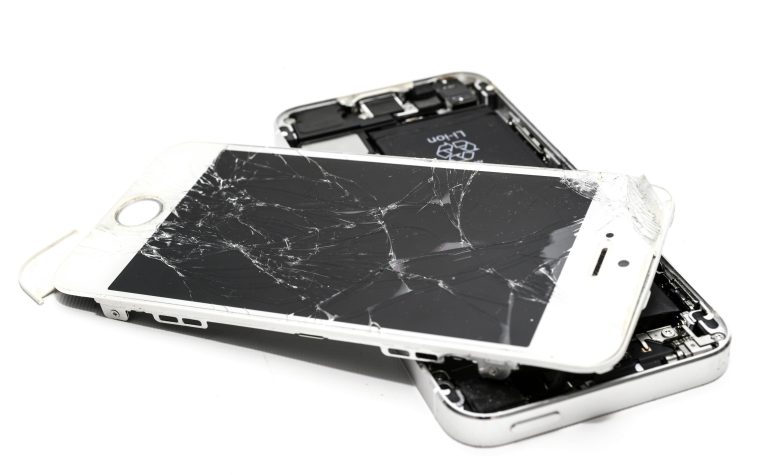Writer: Lane Simond
Technology is intertwined in almost everything we do. This is thanks to incremental improvements in existing gadgets and machines, but now experts say a disruptive technology is about to dominate the 21st century – nanotechnology.
Many industries are already using nanotechnology, healthcare is one example. In fact, it is becoming so prevalent in the healthcare system that it is referred to as “nanomedicine”, a field that has led to benefits in disease prevention, diagnosis, and treatment. Nanotech is also used in manufacturing, the energy sector, and is starting to be used in the textile industry. One of the exciting developments with nanotechnology is that it has huge potential to help our environment.
What is nanotechnology
Nanotechnology focuses on the creation, production, and application of structures, devices, and systems by manipulating matter on the atomic and molecular scale. A nanometre (nm) is one-billionth of a meter, and often referenced with being about 100,000 times finer than a human hair. Nanotechnology allows for the exploiting of distinctive properties found at the nanoscale, which are not present at a macro scale. It’s technology that allows for advancements that were once beyond our reach.
According to ACS, a leader in providing chemistry related information through peer-reviewed journals, nanotechnology offers breakthroughs that can help solve some of the most challenging problems our world faces.
How is Nanotech applied?
Using the environment as an example. Here is how nanotechnology can be applied.
- Nano sprays -most people have heard of Scotchgarde, but nano sprays can be used in the textile industry to protect fabrics, and they are eco-friendly. A different type of nano spray is what Sparta Group’s Environment division is going to use to help effectively and quickly identify all materials in the e-waste recycling process. This will allow for highly accurate identification and sorting, creating complete material circularity. In other words, all materials are recycled and put back into the manufacturing of new products.
- Renewables – experts are finding a way to apply nanotechnology to photovoltaics, which would add double the output to solar panels.
- Lightweight nano materials – nanotechnology can be used to reduce the weight of vehicles, decreasing fuel consumption and reducing harmful emissions.
- Nano Coatings – nano coatings can be applied to aircraft, making them smoother and lighter. Weight is directly related to fuel use, so nano coatings on aircraft can therefore reduce fuel needs.
- Nano sensors – sensors could be used to detect cables that are deteriorating underground and are connected to a Smart Grid. Nano sensors also have the potential to bring down the price of chemical sensors that are normally used on transformers. Energy efficiencies can be passed on to consumers to reduce energy costs.
- Biomass tech – nanotechnology shows promise in helping to develop biomass-based mechanisms that could take agricultural waste and turn it into non-combustible materials like pavement.
- Nano sprays -most people have heard of Scotchgarde, but nano sprays can be used in the textile industry to protect fabrics, and they are eco-friendly. A different type of nano spray is what Sparta Group’s Environment division is going to use to help effectively and quickly identify all materials in the e-waste recycling process. This will allow for highly accurate identification and sorting, creating complete material circularity. In other words, all materials are recycled and put back into the manufacturing of new products.
With the environment top-of-mind for so many industries, nanotechnology will continue to advance. According to researchers at the Massachusetts Institute of Technology (MIT), over the last 25 years there has been intensive research around nanotechnology that is now giving us the power to reshape our world.



